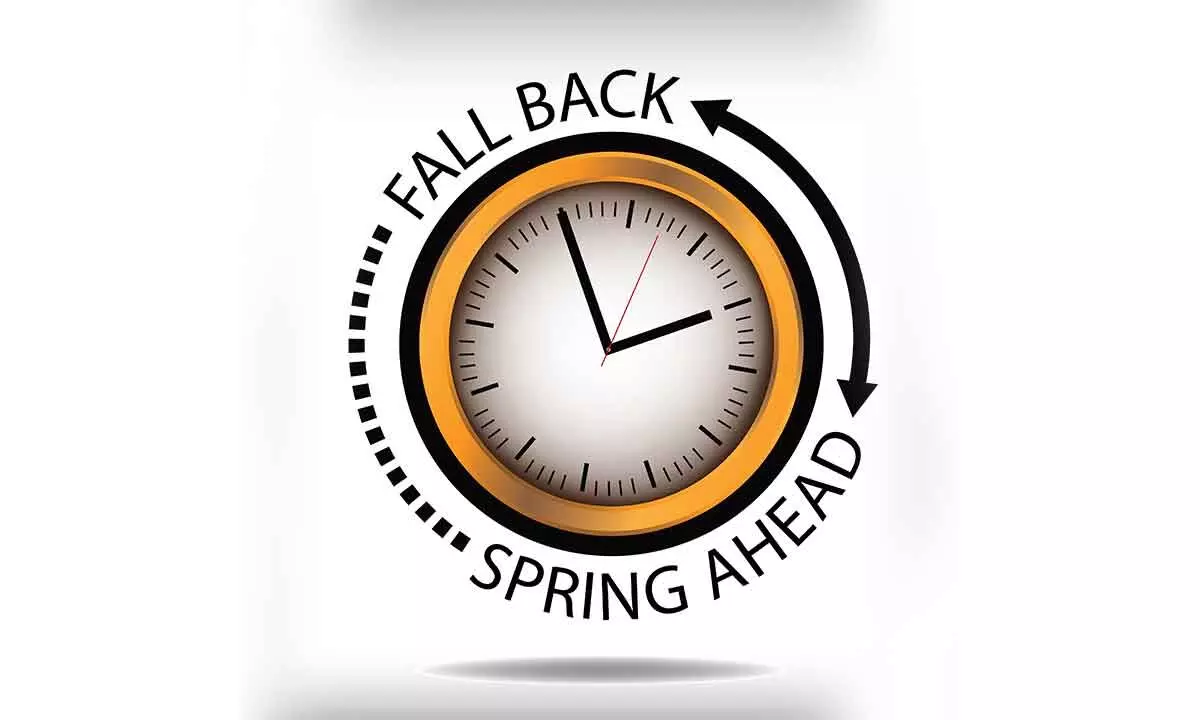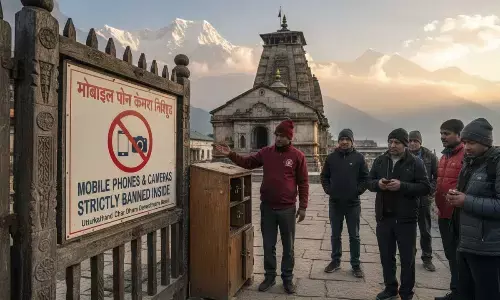History of Daylight Savings Day
Share :

Most of the United States observes daylight saving time, the practice of setting the clock forward by one hour when there is longer daylight during the day, so that evenings have more daylight and mornings have less. Exceptions include Arizona (except for the Navajo, who do observe daylight saving time in Navajo Nation), Hawaii, and the overseas territories of American Samoa, Guam, the Northern Mariana Islands, Puerto Rico, and the United States Virgin Islands. The Uniform Time Act of 1966 established the system of uniform daylight saving time throughout the US.
In the U.S., daylight saving time starts on the second Sunday in March and ends on the first Sunday in November, with the time changes taking place at 2:00 a.m. local time. With a mnemonic word play referring to seasons, clocks "spring forward, fall back"—that is, in springtime the clocks are moved forward from 2:00 a.m. to 3:00 a.m. and in fall they are moved back from 2:00 a.m. to 1:00 a.m. Daylight saving time lasts for a total of 34 weeks (238 days) every year, about 65% of the entire year.













